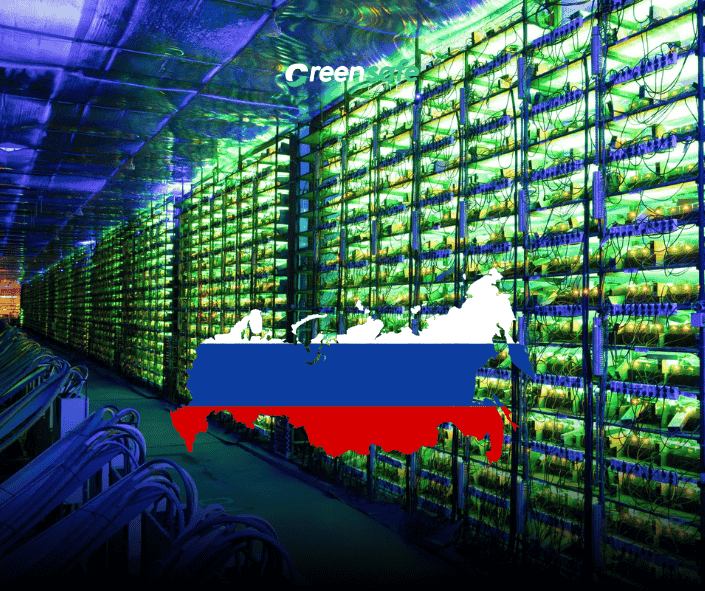The Russian government is planning to impose cryptocurrency mining restrictions in 13 regions, following the adoption of new laws targeting the industry. The proposed measures aim to address power supply challenges and prevent shortages during peak demand seasons.
Deputy Prime Minister Alexander Novak held a commission meeting on November 19 to discuss the development of the electric power industry. During the meeting, officials suggested implementing mining limitations in energy-strained areas, including the Irkutsk region and occupied Ukrainian territories such as Donetsk, Luhansk, Zaporizhzhia, and Kherson.
Restrictions to Last Until 2031
The proposed restrictions are set to last until 2031 and would impact key regions in Siberia, including the Republic of Buryatia, Zabaikalsky Krai, and the entire Irkutsk region. Similar measures are planned for the Republic of Dagestan, North Ossetia-Alania, Ingushetia, Chechnya, Kabardino-Balkaria, and Karachay-Cherkessia.
Implications for Russia’s Crypto Mining Industry
If approved, the restrictions could significantly impact Russia’s crypto mining operations. Key industry players like BitRiver depend heavily on affordable electricity and favorable conditions in Siberian regions.
The Irkutsk region, for example, is home to BitRiver’s first and largest data center, launched in 2019 in Bratsk. The area’s abundant hydroelectric resources, low energy costs, and cold climate make it a prime location for mining activities. Bratsk’s hydroelectric power station, with a capacity of 4,500 megawatts, is one of Russia’s largest hydroelectricity producers.
Legal and Industry Challenges
Russia introduced crypto mining-related laws in August and October 2024, establishing a regulatory framework. However, legal uncertainties and restrictions, including a ban on foreign individuals mining in the country, have drawn criticism from the industry.
As the government considers banning mining in regions at risk of power shortages, the future of crypto mining in Russia remains uncertain, with potential long-term implications for the sector.











